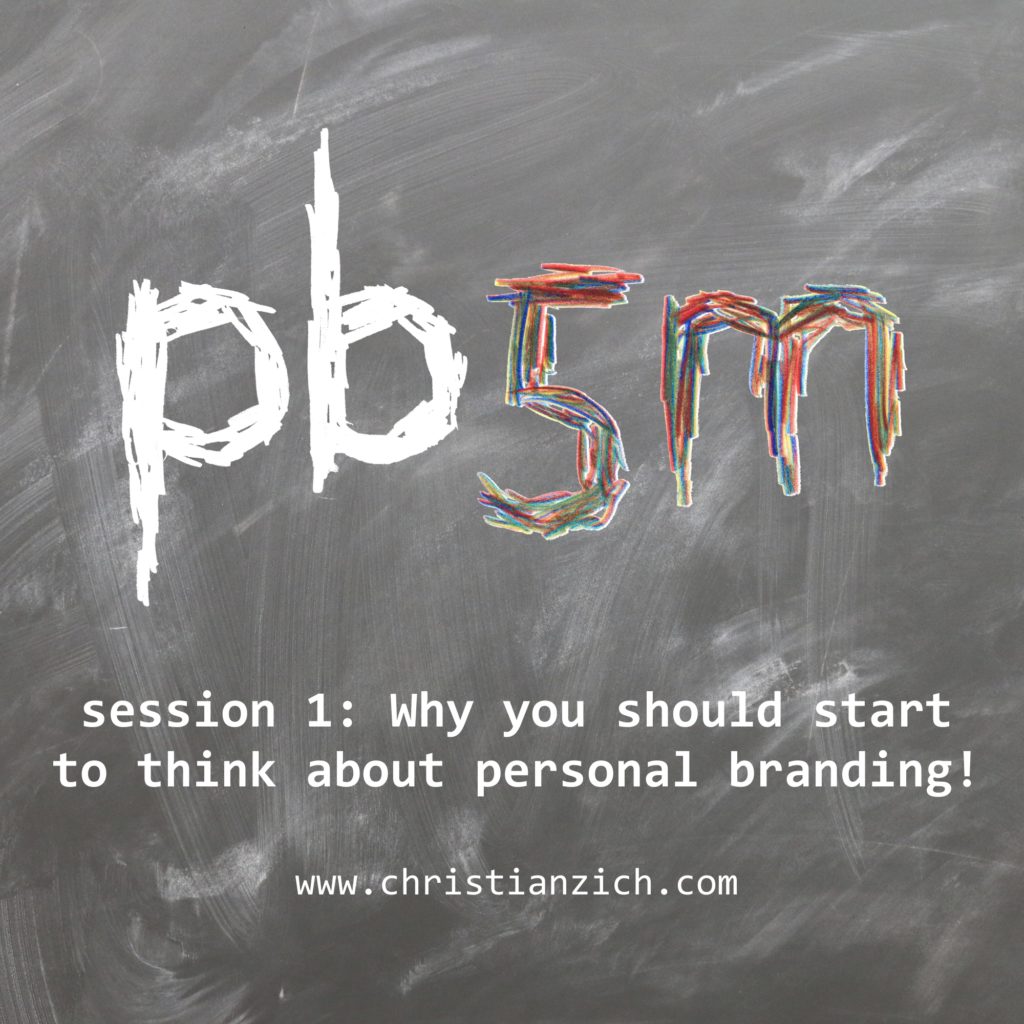In this article I would like to introduce a new lecture format. I had nothing else in mind but to develop the perfect marketing lessen. It should combine marketing know-how, SEO knowledge, the professional handling of social networks, and a lot of fun. Did I succeed? More on this in the article.
The basic idea behind the marketing lecture:
Attentive readers of my blog know that I like experiments. During the shutdown in the summer term I started to develop innovative electives based on a new version my personal branding concept. The students should learn to market themselves authentically and credibly. Not just theoretically, but very practically. In addition, the students should not only improve their concepts slowly and coached by me in learning loops, but also transfer this into practice. It was clear to me from the very beginning that the core of the whole subject would be a WordPress blog run by a student team. The students should be completely free to choose their thematic focus, so that the fun of the whole thing is not neglected.
The concrete learning outcomes or how to acquire blogging and marketing know how.
- Acquire basic marketing know-how about blogging. Since many companies are looking for ways to present themselves optimally, this is an investment for the student’s professional future. They can also prove that they have really gained practical know-how and have not only heard about blogging in theory. Of course it was obvious to use the secret worldwide standard – WordPress – as a basis for the activities. Especially because there are a lot of interesting, free plugins for optimizing a blog.
- Acquire basic SEO know-how. It’s much easier to teach students the SEO-tricks by analyzing and optimizing their blog posts and with the help of the excellent MathRank plugin, rather than spend a long lecture session rambling on this topic.
- Professional use of social networks. Most students have social media accounts, but few have thought about how to use them professionally. Especially WordPress is perfectly suited to act as an efficient spider in your own communication network. There are also some plugins (some free of charge, some with a 30-day trial period) that can be used to automatically connect social networks to your own blog in order to efficiently distribute your messages in many different channels. This is also a form of marketing know-how that every student can use in one way or another in his or her professional future.
- Through teamwork, students learn to coordinate, develop a communication plan and thus act professionally.
The results of the marketing lecture:
I was really enthusiastic about the results. The students threw themselves into the work with excitement and drive. And produced really interesting and great content. Here are a few notes about the teams and their activities:
- thePsyTravelers. Concentrated psychological know-how combined with really great travel descriptions. https://team06-wp.th-deg.de/ https://www.instagram.com/thepsychtravelers/
- mere exposure. Psychological knowledge to manage business challenges and about everyday life excitingly prepared. https://team02-wp.th-deg.de/ https://www.instagram.com/mereexposure.official/
- unlock your free time. Valuable tips, tempting recipes and exciting stories to make the Corona time worth living again. https://team03-wp.th-deg.de/ https://www.instagram.com/unlockyourfreetime/
- simple sustainability. A great blog about sustainability. Lots of valuable ideas and suggestions to encourage people to think about their own behavior and thus to plant sustainability unobtrusively in as many heads as possible. https://team04-wp.th-deg.de/ https://www.instagram.com/thesimplesustainability/
- weekly dose. The weekly dose of tips and tricks that make everyday life easier while providing varied entertainment. https://team06-wp.th-deg.de/ https://www.instagram.com/wochendosis/
- IGDA. The Road to DJ. A very honest and wonderfully authentic summary of the ups and downs on the way to becoming a professional DJ. With lot of music and many tips. https://igdasroad2dj.wordpress.com https://www.instagram.com/philipigda/
The results are really worth seeing and I would like to invite you to visit all the sites, to like intensively and to comment intensively as well.
More on this topic…








